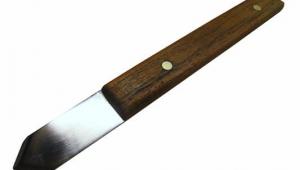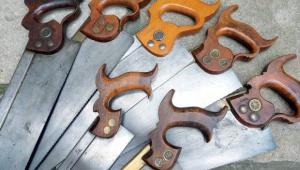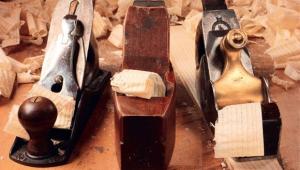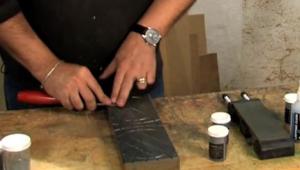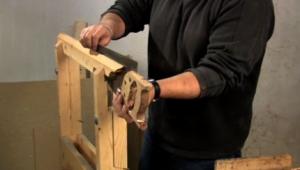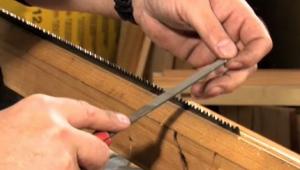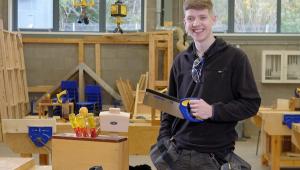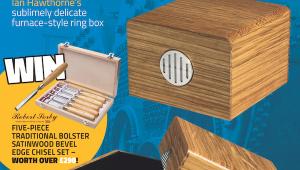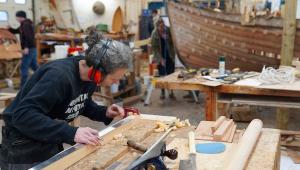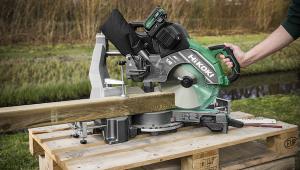The spokeshave
These go back a long way and the clue is in the name. Like the feloe, wheelmakers used them. They come in different forms ; the most common include some for concave work some for straight and some for convex. Spokeshaves are essential when doing free-hand curved work and are amazingly versatile
The old ones – pre 1900 and made of boxwood – were well designed but wore out with heavy use, the part of the sole which is wooden started off straight and in time became curved, like the steps in a castle. The other part of the sole is the blade itself. It cuts parallel to the wood, and it cuts very efficiently. Another problem to look out for is that the “tangs” of the blade come loose in the wooden body, if these are packed out with match sticks etc avoid them. These tools are a surprise to someone like me who was brought up in the age of the Stanley and similar spokeshaves where the blade is at an angle to the wood. I think the low angle ones cut better.
Veritas have come up with a spokeshave which does just that – the blade forms part of the sole, cutting parallel with the wood. Immediately in front of the blade is an adjustable plate which not only determines depth of cut but can be used to transform the tool for concave, straight and convex cutting.
I use these at my evening classes and give people the option of antique, Stanley or Veritas.
Veritas gets the vote partly because it is easy to adjust, but that can also be its weak point. The two knurled nuts which hold the blade in place sometimes allow the blade to move. Hand-tight is often not enough and pliers are necessary as a backup. This is a pity - maybe a couple of parallel facets could be filed in the nuts (they are brass ) to take a small spanner.
Can’t get the blade parallel every time? If you are shaving a thin piece of wood this gives you a micro adjustment which is not always a bad thing.
- Log in or register to post comments
